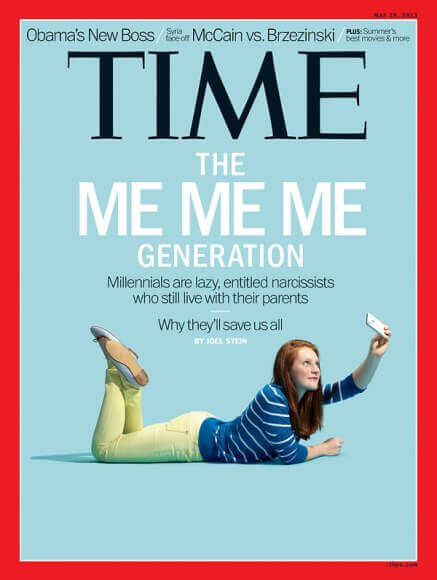The concept to be examined in this post is that one of an imaginary audience. Being an important part of the framework that Elkind develop in order to understand the specifics of personal development, the imaginary audience phenomenon typically occurs during one’s teenage years. Implying that an individual starts behaving as if they were on the stage and were being watched by millions of other people, the notion of the imaginary audience represents a part of the notion of the personal fable (Laura & Levine, 2014). Further study has shown that, due to the presence of social conditioning, boys were more inclined to explore how their imaginary audience would perceive them rather than girls (Laura & Levine, 2014). Allowing one to develop a critical perspective on one’s actions and behavior, an imaginary audience is a vital part of psychological and cognitive development.

Typically, the concept of the imaginary audience is linked to the idea of developing a perceived image of the people supposedly observing and presumably judging one. as well as the lack of actual insight into the people around. Therefore, the creation of imaginary audience and the attempt to act accordingly, whether in fear of others’ judgments or to feel special, could be seen as the expression of self-centeredness. In turn, the image above portrays a teenage girl using her smartphone to make a picture of herself, presumably, to share a change in her attitudes or mood with others. Since the portrayed attitude represents the need to live for the audience and place oneself in the social limelight, it justifies the use of this image to illustrate the concept under analysis. The use of a memetic online expression, “Me me me,” makes the image all the more compelling.
References
Bahri, M. (2021). They say you’re a ‘snowflake millennial’ if you’re easily triggered or offended: Is that true? ED Times India. Web.
Laura, E., & Levine, M. (2014). Child development: An active learning approach. SAGE Publications.
